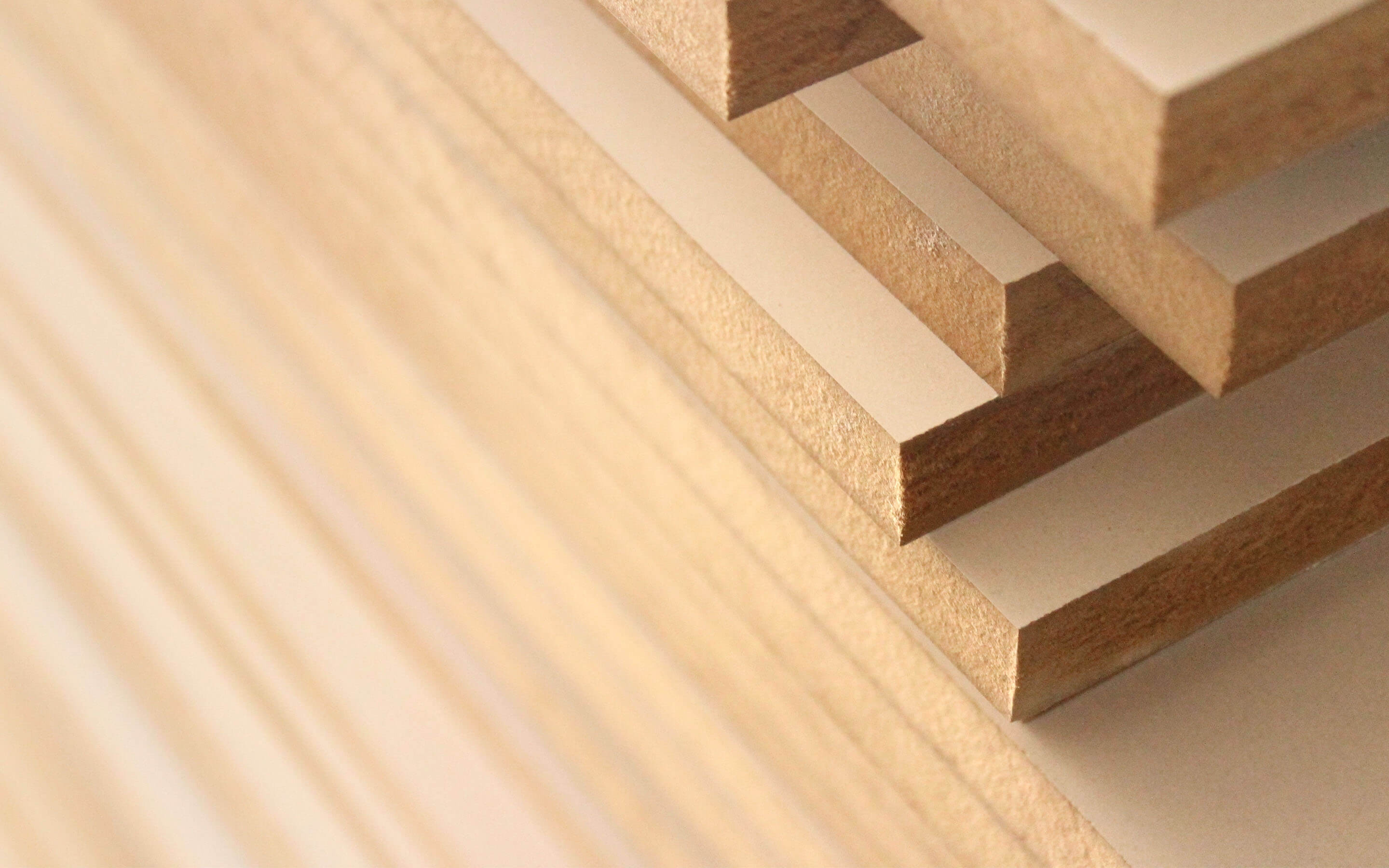
At Hexion, we're all about leading the charge in resins and adhesives for the wood products industry. Sustainability is at the core of our mission, and for over 50 years, we've been delivering high-performance resins that exceed emission standards. And since the early 1980s, Hexion has helped improve resin technologies and reduce emissions by 80 to 90 percent.
Our EcoBind resins are formulated to meet or exceed emission standards worldwide, including California Air Resources Board (CARB), US EPA, TSCA VI, US HUD, European EMB and Japanese standards as well as specifications recommended by the Green Building Council. We've got your plywood, particleboard/fiberboard, and wood adhesive applications covered with our eco-friendly options.

In the hardwood plywood industry, we understand the need for fast processing and low emissions. That's why our EcoBind adhesive technologies come in a full range of resin systems. Hexion has tapped its global technical resources to provide cutting-edge, EcoBindTM adhesive technologies in a full range of resin systems, including ultra-low emitting urea formalin (UF) adhesive systems.
Emissions from wood products bonded with urea formalin resins have dramatically decreased in recent years. Hexion leads the way in targeting emissions reductions by focusing on four fronts: resin formulation and composition, manufacturing techniques, methods of resin use and the application of formalin scavengers.
Utilizing EcoBind adhesive technologies, we offer base UF resins systems that meet or exceed all global emission standards including California Air Resources Board (CARB), US EPA, TSCA VI, US HUD, European EMB and other Japanese standards as well as specifications recommended by the Green Building Council with emission levels to 0.03 ppm and below, meeting the strictest standards with ease.
For particleboard and MDF manufacturers, we offer an extensive portfolio of technologies, allowing you to customize your end-use products without compromising on performance or cost. This is known as Hexion's EcoBind technology.
In addition to our high-value, fast-curing urea formalin (UF) base resins and our moisture-resistant melamine-based (MUF and MUPF) base resins, we offer innovative EcoBind solutions so board producers can meet the most stringent “green” construction and formalin emission standards. These include:

Controlling board emissions when using UF resins can be accomplished in several ways:
With our low-alkaline, fast-curing PF resin systems, we've got wet or semi-dry process fiberboard covered, ensuring top-notch performance with sustainability in mind.